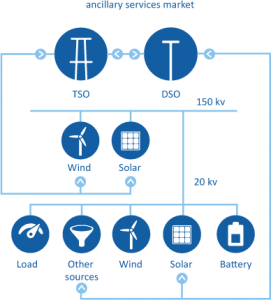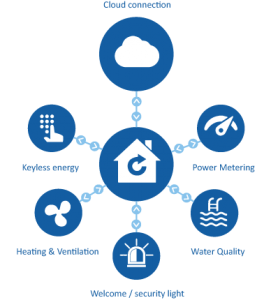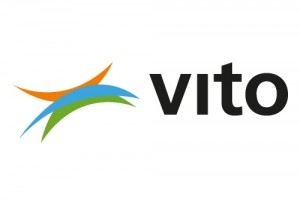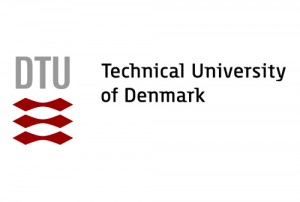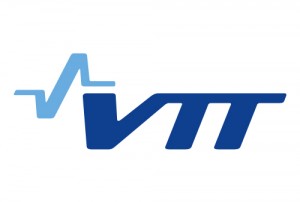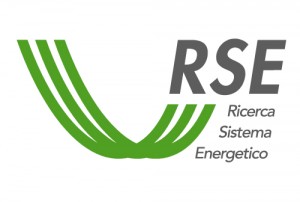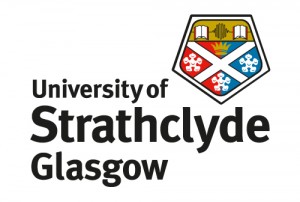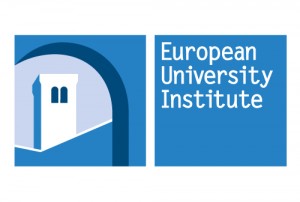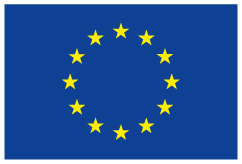About SmartNet
The SmartNet project arises from the need to find answers and propose new practical solutions to the increasing integration of Renewable Energy Sources in the existing electricity transmission network. The subsequent technological (r)evolution is not only affecting the structure of the electricity markets, but also the interactions between TSOs and DSOs.
The SmartNet project aims to provide optimised instruments and modalities to improve the coordination between the grid operators at national and local level (respectively the TSOs and DSOs) and the exchange of information for monitoring and for the acquisition of ancillary services (reserve and balancing, voltage balancing control, congestion management) from subjects located in the distribution segment (flexible load and distributed generation).
As an effect of the increasing amount of generation produced by Renewable Energy Sources (RES) with variable generation pattern and of the big changes affecting distribution (deployment of distributed generation, local storage and flexible loads), future distribution networks will inject a growing amount of energy into the transmission system. Variable generation located in distribution could be operated together with local storage and active demand in order to provide local services for the distribution grid (voltage regulation, congestion management) as well as services for the entire system through the connection point to the transmission grids.
Till now, distribution networks have been managed with a fit-and-forget philosophy. In the future, strict real-time coordination will be needed between the different actors that are involved in the provision of ancillary services. Optimising the interface between TSOs and DSOs will prove a crucial factor to ensure the achievement of an overall efficiency target.
Different TSO-DSO interaction modalities are compared on the basis of national key cases (Italy, Denmark, and Spain); where physical pilots will be developed to monitor transmission’s distribution parameters and investigate modalities for the acquisition of ancillary services from specific resources located in distribution systems.


